Hisense E7K Pro review: Pro by name, not by nature
The E7K Pro is a Hisense QLED TV with a solid feature set, but just can't quite reach the highs of some of the company's other best TVs...
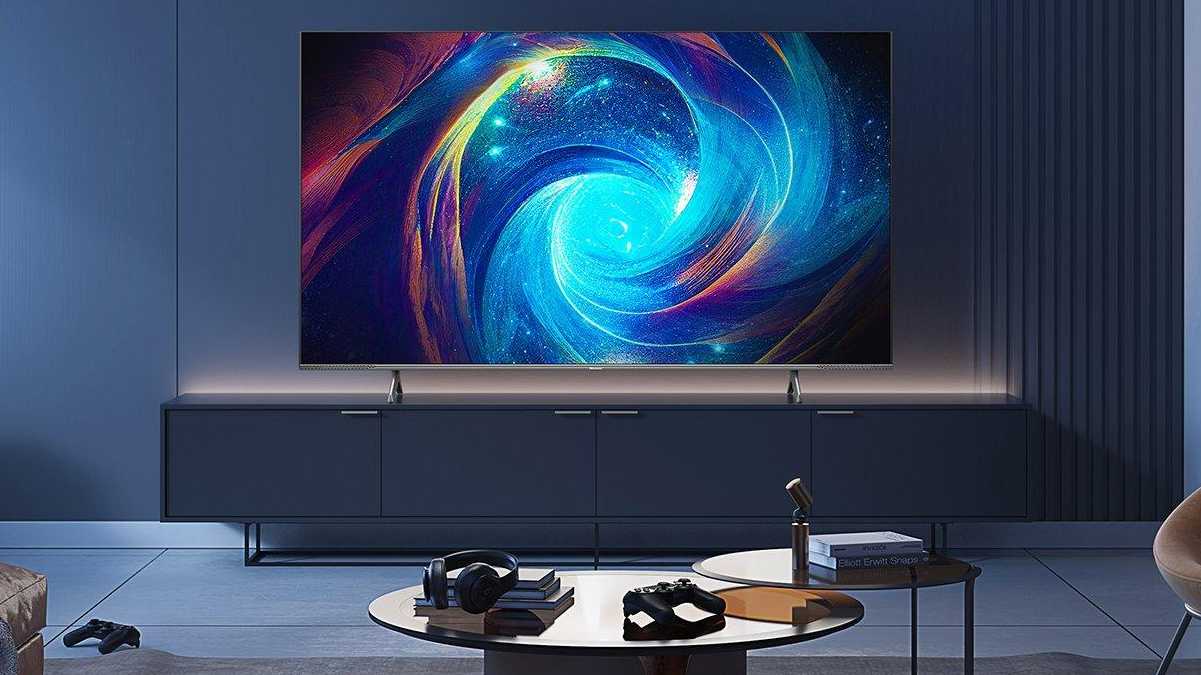
A great smart TV interface, some very worthwhile gaming functionality, QLED technology and an eye-catching price all make the Hisense E7K Pro an interesting proposition - and in some ways it’s a very worthwhile TV. But its lack of brightness, rather flat images and less-than-flat chassis count against it…
-
+
Plenty of picture-quality positives
-
+
Good gaming and smart TV offerings
-
+
Decent ergonomics
-
-
lat, two-dimensional and not especially bright images
-
-
Screen is quite reflective
-
-
Unfashionably deep chassis
Why you can trust T3

The Hisense plan - to deliver the best TVs that compete where technology, functionality and performance are concerned while undercutting the established market leaders in price - is well-known. But just because a plan is simple in concept, it doesn’t automatically mean it’s easy to execute - and the Hisense story is one of misses as well as hits.
With the E7K Pro, here reviewed as the 55-inch '55E7KQTUK PRO' model in the UK, the company wants to bring some gaming credibility to a model that’s already specified beyond its asking price. So on which side of the ‘hit/miss’ ledger does it truly belong?
Hisense E7K Pro: Price & Availability
The Hisense E7K Pro is on sale now, available in 55-, 65- and 75-inch sizes. The 55-inch model on review here is yours for £999. The ‘UK’ in the model number suggests that this exact model isn’t automatically available elsewhere - in the USA the company doesn’t seem to be describing any of its models as ‘QLED’ at all, and it’s the same story in Australia. Having said that, though, some of the models Hisense badges as ‘ULED’ in those territories are, in actual fact, QLED - but none of them share a specification that’s especially similar to this E7K Pro…
Given the rather random nature of Hisense’s model-naming decision processes, then, it’s probably best to attribute the findings of this review strictly to the E7K Pro range. And it’s also important to bear in mind there is a Hisense model called E7KQTUK - it’s not a ‘Pro’ model, it’s more affordable, and it’s yours in sizes from 43- to 70-inches instead. Confused yet? Yes? No? Good...
Hisense E7K Pro review: Features & What's New?
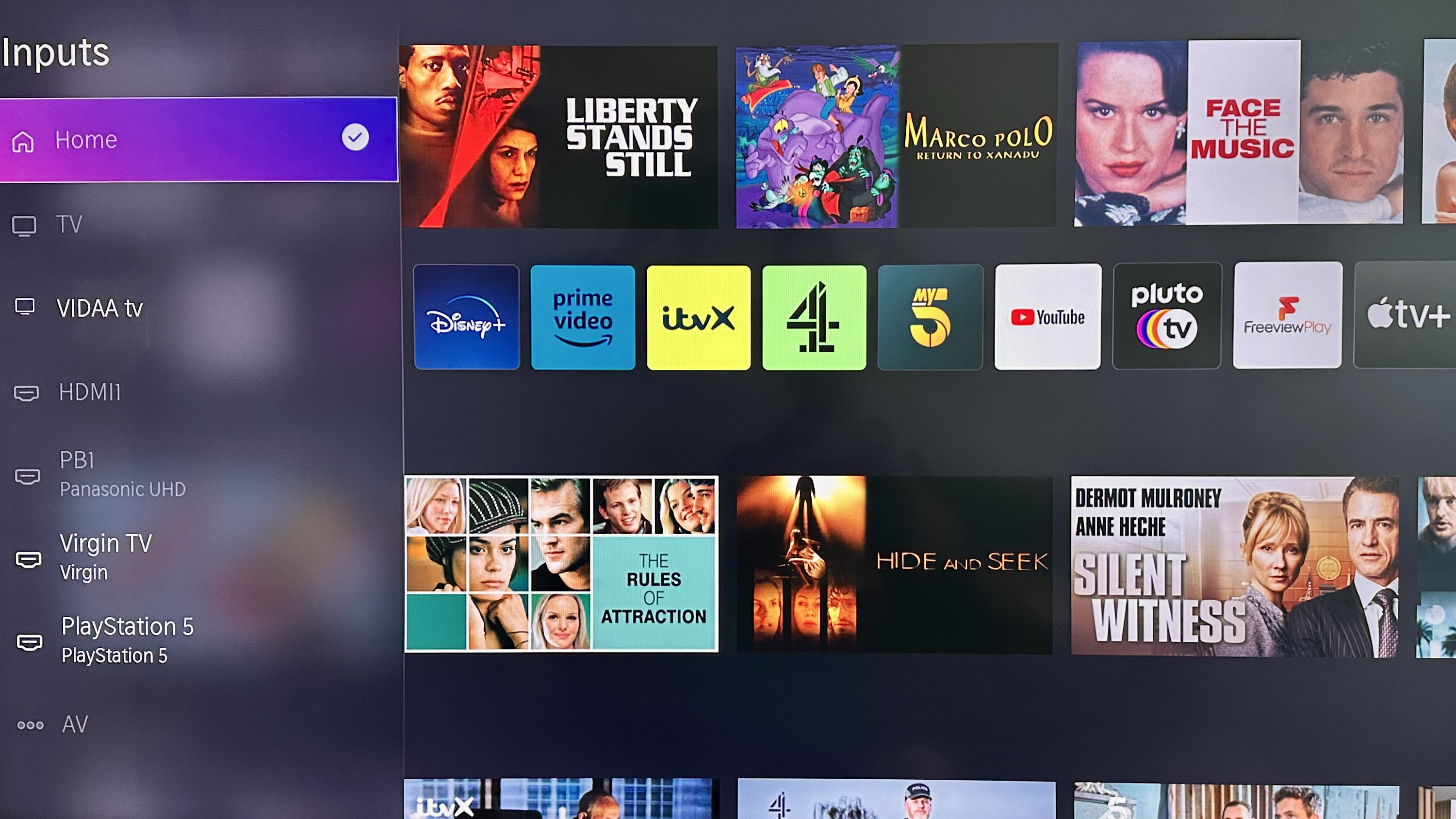
The Hisense E7K Pro is a 4K QLED TV with full-array backlighting (which Hisense refers to as ‘DLED’ for some reason) and a quad-core processor. Its 144Hz refresh rate is optimised for use with current-generation games consoles - and two of its four HDMI inputs are at full-on HDMI 2.1 standard. This means compatibility with AMD Freesync Premium, VRR, ALLM and your console’s other clever features, as well as eARC functionality.
The E7K Pro is compatible with every worthwhile high dynamic range standard, including HDR10+ and Dolby Vision - and it has Filmmaker Mode, and you’ll make your own mind up about how worthwhile that is.
As well as four HDMI sockets, there’s an Ethernet input and dual-band Wi-Fi on board. Further wireless connectivity is available via Bluetooth 5.0 And Apple AirPlay 2, while additional physical connections run to a couple of USB-A slots (one 3.0, the other 2.0), composite video via a 3.5mm socket, a headphone output, digital optical output and aerial posts for the twin tuners.
Get all the latest news, reviews, deals and buying guides on gorgeous tech, home and active products from the T3 experts
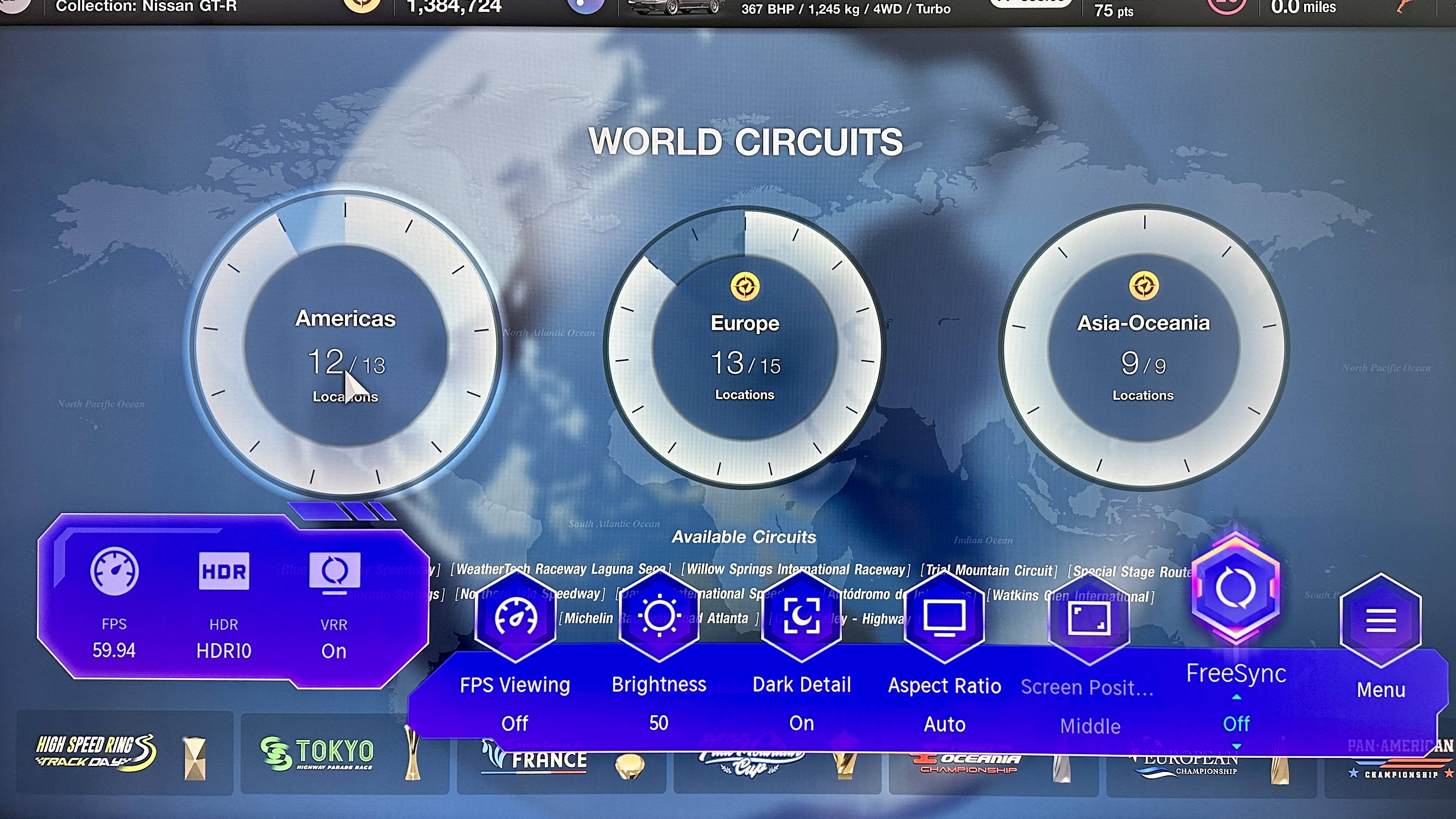
When in ‘Game’ mode, Hisense is claiming a response time of 6ms for the E7K Pro (in 55-inch size) - which, if it’s anywhere near accurate, makes this TV rapid in the extreme. The inclusion of a ‘Game Menu’ bar further bolsters the television’s case as a gaming monitor - it’s possible to check on the most relevant aspects of performance while remaining in-game rather than having to exist into the main menu pages. It’s hard to overstate just how helpful some users will find the facility.
Sound is delivered by a 2.1 system with 40W of power and support for both hi-res digital audio formats and Dolby Atmos soundtracks. The ‘.1’ is a rear-facing bass driver, labelled ‘subwoofer’ for the avoidance of doubt.
Hisense E7K Pro review: Performance
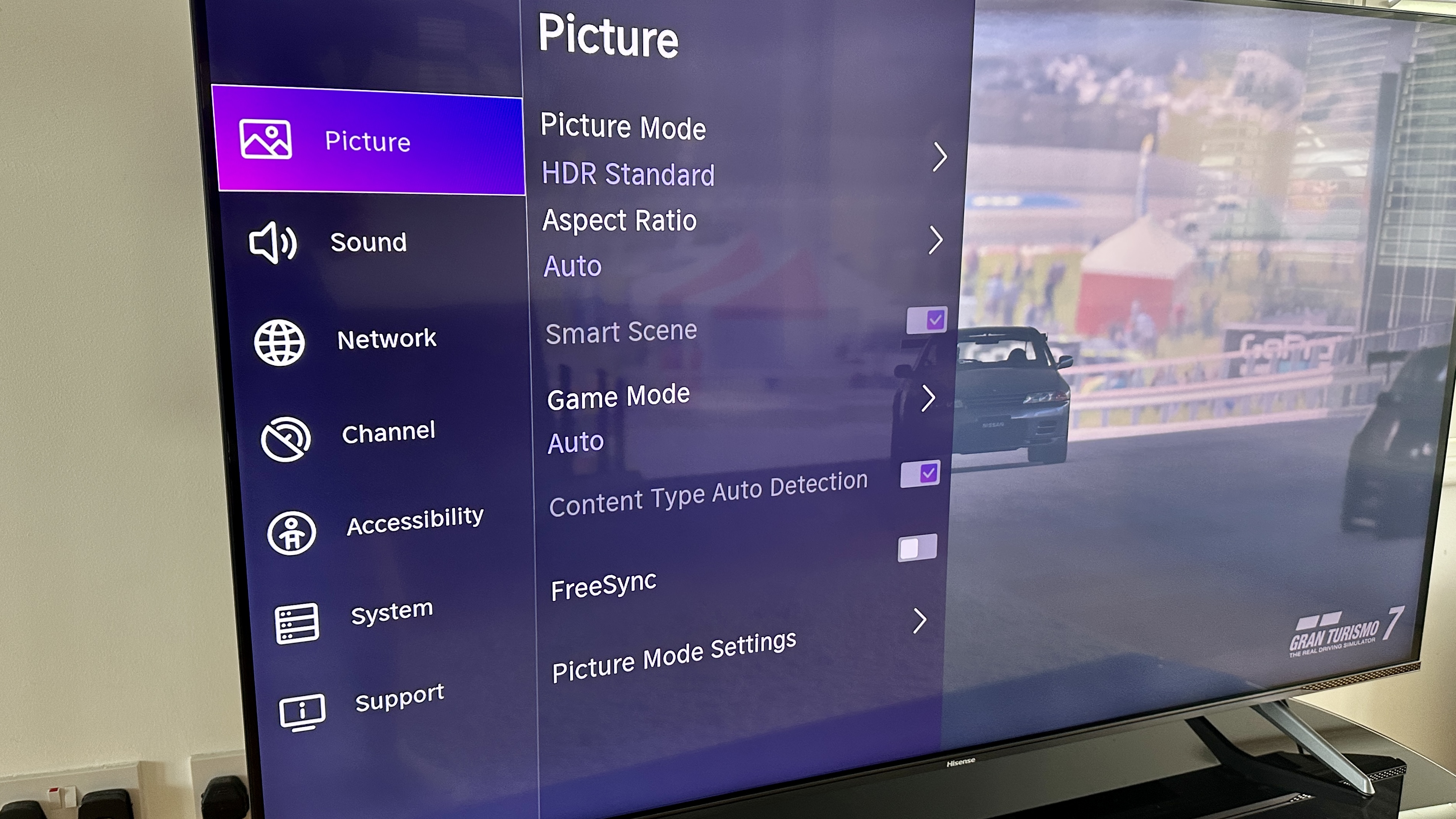
Although it’s far from perfect, there’s still plenty to enjoy about the Hisense E7K Pro and some aspects of its picture-making performance that make it a very watchable TV indeed.
Despite its profoundly unpromising 350 nits peak brightness measurement, the E7K Pro is capable of generating quite impressive contrasts. It keeps white tones clean, offers decent detail and variation within them, and resists the opportunity to bleach into uniformity during predominately bright scenes well. The black tones it creates aren’t the deepest or, to be fair, the blackest you ever saw - but they, too, carry plenty of information and don’t crush as readily as some other backlit-LED televisions we could mention.
In between those two extremes, the Hisense’s colour palette is balanced, extensive and believable. Skin tones, in particular, are varied and convincing - and the E7K Pro does good work in describing skin textures too. In fact, it’s very capable where textures of any type are concerned - and it controls difficult and/or complicated patterns well too. There’s proper solidity to its images, and impressive motion-control in every circumstance. Even the dreaded televised sport can’t ruffle the Hisense - it grips on-screen movement hard and is never prone to judder or stutter. This is particularly apparent when gaming, and makes the Hisense a very capable monitor - especially when you take its sheer size into account.
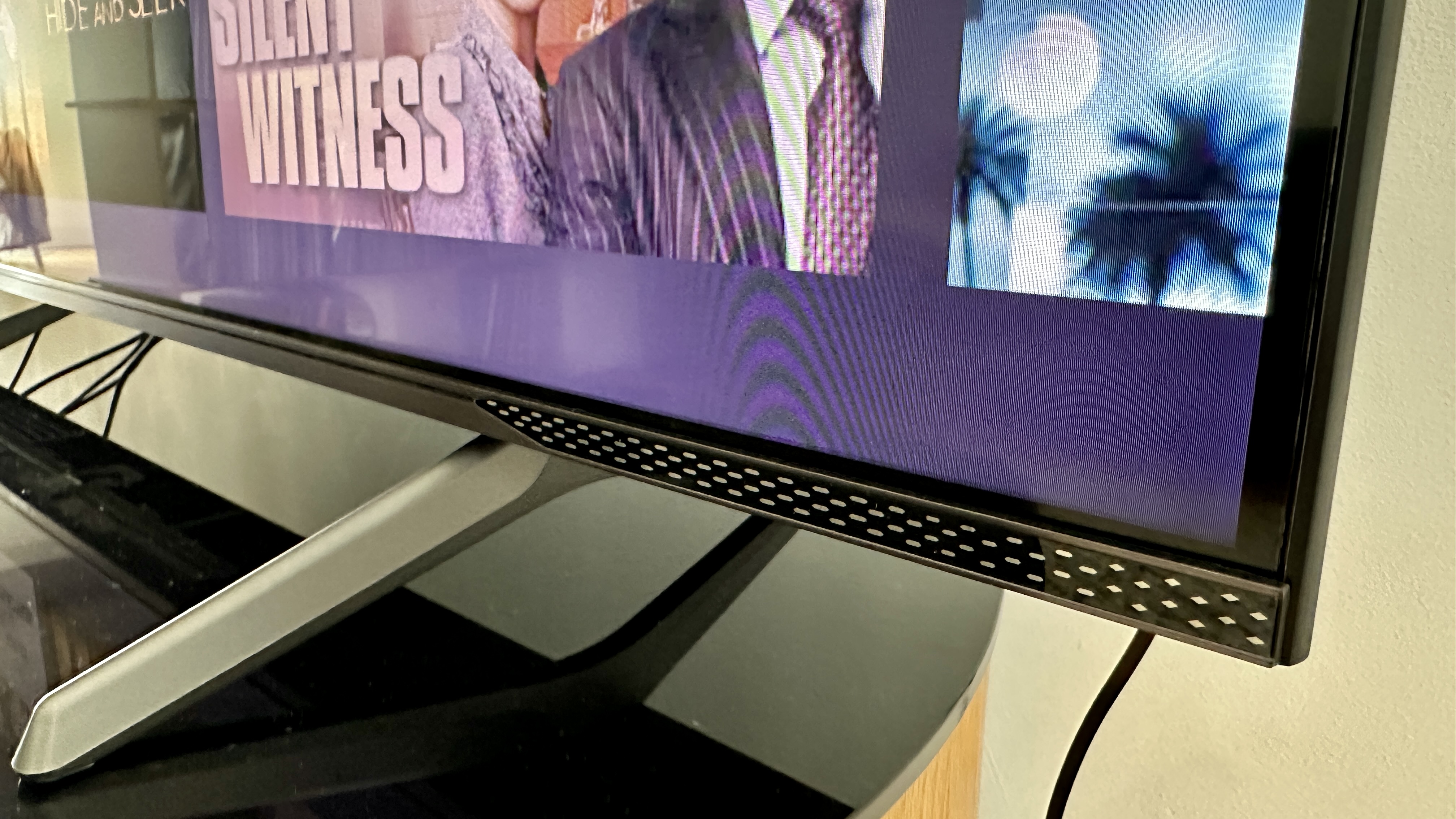
The images it produces are undeniably flat and rather two-dimensional, though - there’s little depth of field, even when one protagonist is standing at the near end of a tennis court (for example) while their opponent is at the other. Movies that include deep shots of landscape or what-have-you don’t get the depth of image you just know is available from other, more capable TVs.
And despite its facility with contrasts, this is not a bright television. The ‘HDR Day’ setting offers as much white-tone punch as the E7K Pro can muster - but there’s just not all that much of it. And the panel itself is more reflective than has lately become the norm - and when you combine this trait with the lack of ‘pop’ to images, especially when viewed in daylight, it makes for a less-than-satisfactory experience.
‘Inoffensive’ is the most appropriate word to use to describe the sound the E7K Pro generates - which puts it ahead of any number of price-comparable rivals. Audio quality is on the thin and undemonstrative side, sure - but it’s relatively well balanced and doesn’t lose its composure when you’re listening at bigger volumes. Having said, though, you don’t have to buy a particularly expensive soundbar to make significant audio improvements, so check out T3's best soundbars list for a perfect pairing.
Hisense E7K Pro review: Design & Usability
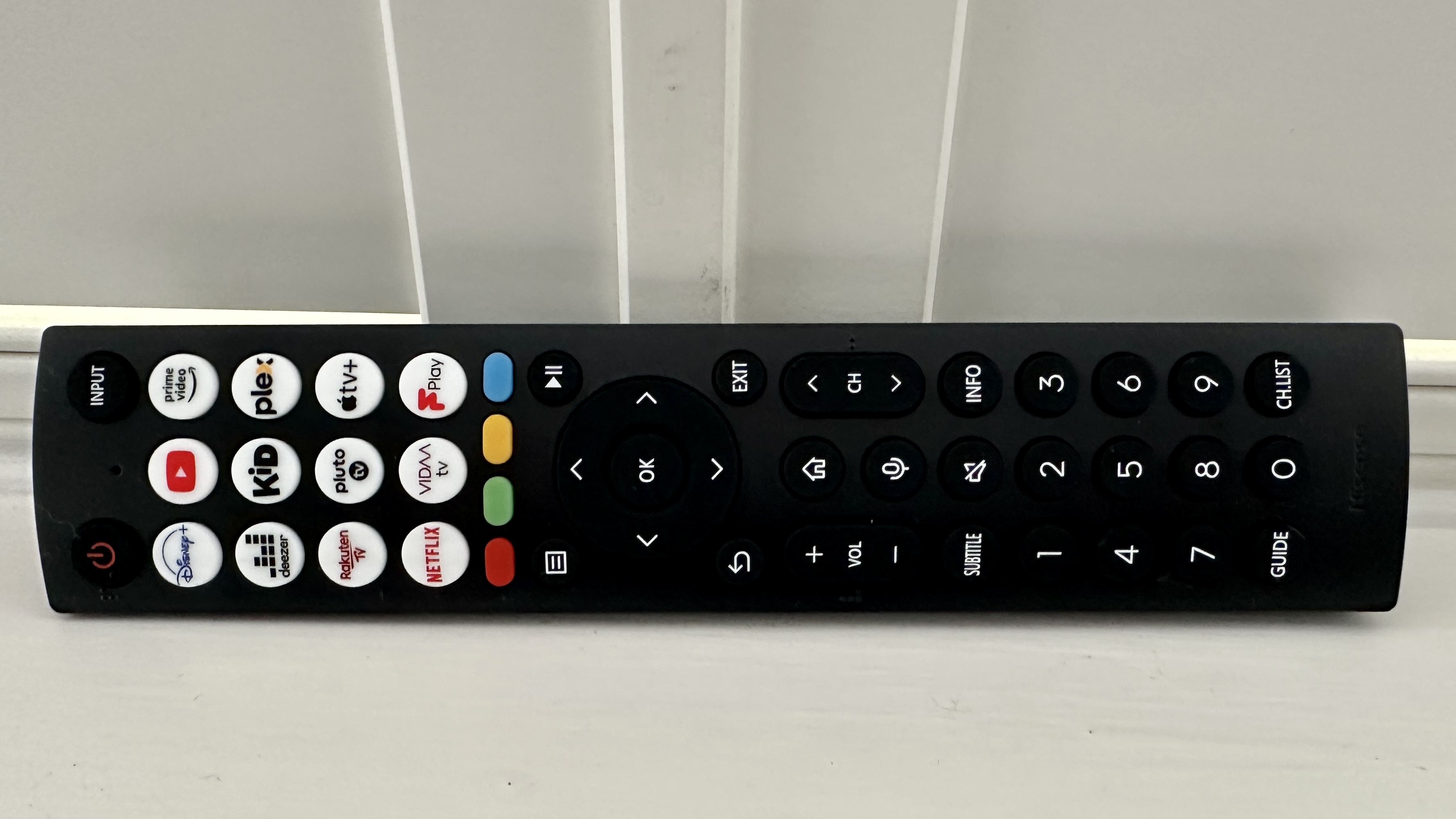
From the dead-ahead, the Hisense E7K Pro is exactly what you want from a television: screen, and plenty of it. The bezels surrounding the screen are minimal - even the one across the bottom, which carries some branding and what passes for a design flourish at either end, is discreet. The feet that support it are simple boomerang numbers, but they raise the bottom of the screen to the extent that only the beefiest soundbars will get in the way. And they’re not so far apart that the Hisense needs an especially wide surface to stand on.
Of course, you may prefer to put your nice new TV on the wall. But when you see the E7K Pro in profile, you might think again. At its deepest, it’s a profoundly unfashionable 81mm deep - and it’s that depth over quite a lot of the rear panel. Add in the fact that there’s no cable-cover or cable-management included, and this Hisense is not the most obvious candidate for wall-mounting.
It’s pretty straightforward to get what you want out of the E7K Pro. It’s supplied with a large, ostentatiously clicky, remote control handset that covers all major functions, most minor functions, and includes direct access buttons for everything from Netflix and Apple TV+ to, umm, Deezer and something called Pluto TV. Or you may prefer to use the VIDAA control app - it duplicates the remote control’s functionality, has a page for apps (and plenty of them), and is clear and logical to use.
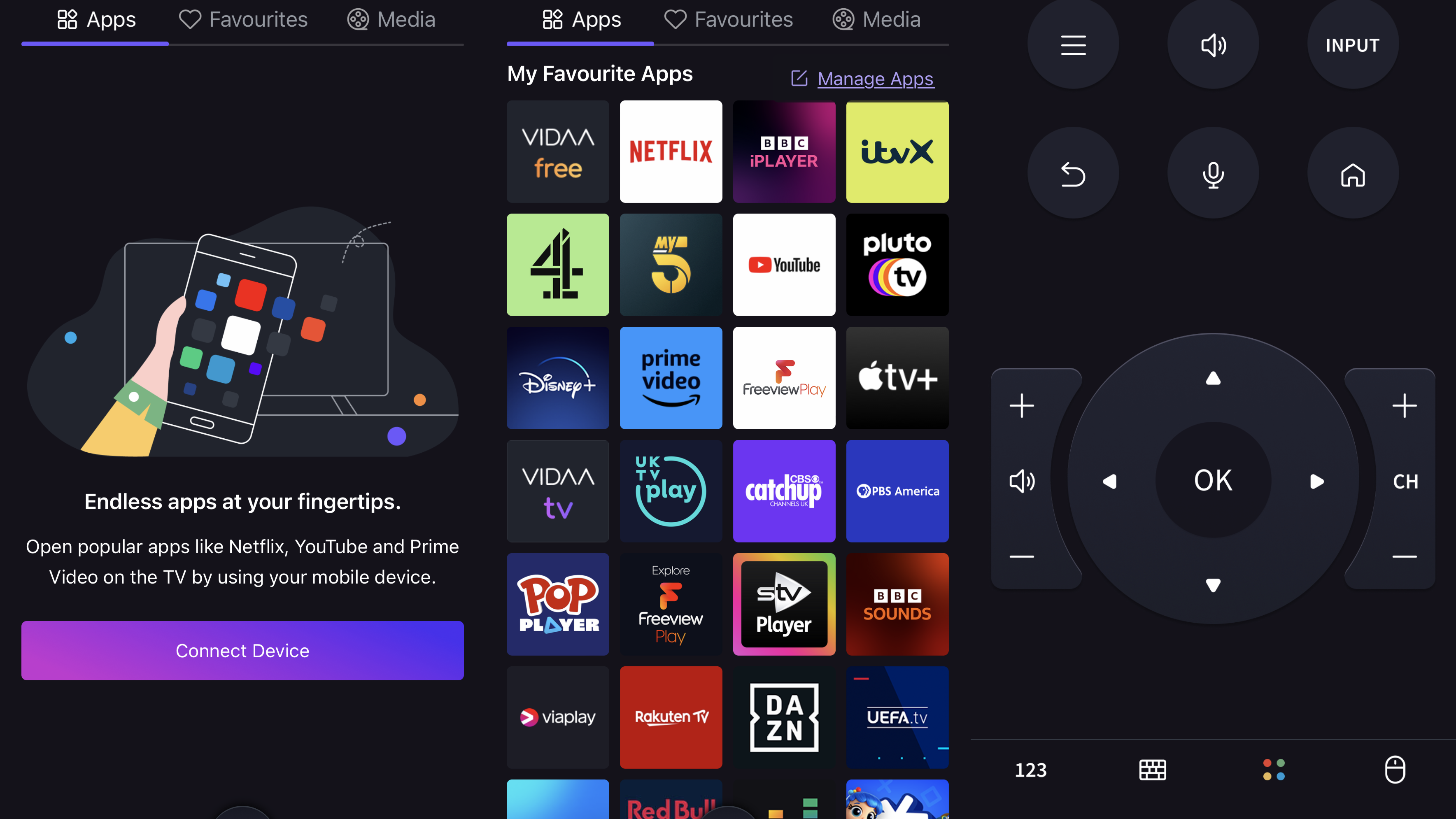
Amazon Alexa voice assistance is built in, and it’s as useful and usable here as it is in any other application. Or you may prefer to use Hisense’s proprietary VIDAA Voice because, well… maybe you’re a Hisense employee, or maybe you don’t trust Jeff Bezos.
However you choose to control your E7K Pro, though, you’re in charge of some fairly comprehensive, well-realised set-up menus and a VIDAA smart TV interface that’s just a little more pushy than is ideal. It’s full of very useful streaming apps and catch-up services, though, and generally in their best versions - so it’s possible to overlook the VIDAA-centric recommendations it insists on making, and the fact that it occupies the entire screen. Being able to organise the order in which you see your catch-up and streaming service apps is useful, too.
It’s not all that time-consuming to set up the Hisense, and it helpfully detects and flags HDR standards as soon as it recognises them. Although in the case of Filmmaker Mode, the catastrophic reduction in brightness has almost certainly already let you know.
Hisense E7K Pro review: Verdict

You can’t expect perfection from a 55-inchQLED TV costing less than four-figures - so let’s not all pretend to be aghast that the Hisense E7K Pro isn’t perfect.
On the plus side, however, it’s a well-specified television with a good smart TV interface, some very worthwhile gaming features, and a facility with on-screen motion that’s a match for televisions costing plenty more.
But its lack of brightness, the reflectivity of its screen, and the tubby nature of its chassis all count against it in a fairly big way. So you’ll need to think long and hard before you put the E7K Pro on your shortlist - especially when Hisense makes winners such as its U7K for roughly the same asking price.
Also consider
If it’s budget-price excellence you’re after, you need to see both the new Amazon Series 4 and the Samsung AU7100 - neither are flawless but both represent very decent value for money.
Or if it’s QLED technology that interests you, check out Samsung’s QN95B - it’s the 2022 model, sure, but that just means it’s a relative bargain rather than being in any way compromised. Gamers, meanwhile, are directed towards the LG C2 - again, it’s a 2022 model but we doubt very much that will bother you once you’ve seen how it responds to inputs from your games console.
Simon Lucas is a freelance technology journalist and consultant, with particular emphasis on the audio/video aspects of home entertainment. Before embracing the carefree life of the freelancer, he was editor of What Hi-Fi? magazine and website – since then, he's written for titles such as Wired, Metro, the Guardian and Stuff, among many others. Should he find himself with a spare moment, Simon likes nothing more than publishing and then quickly deleting tweets about the state of the nation (in general), the state of Aston Villa (in particular) and the state of his partner's cat.
